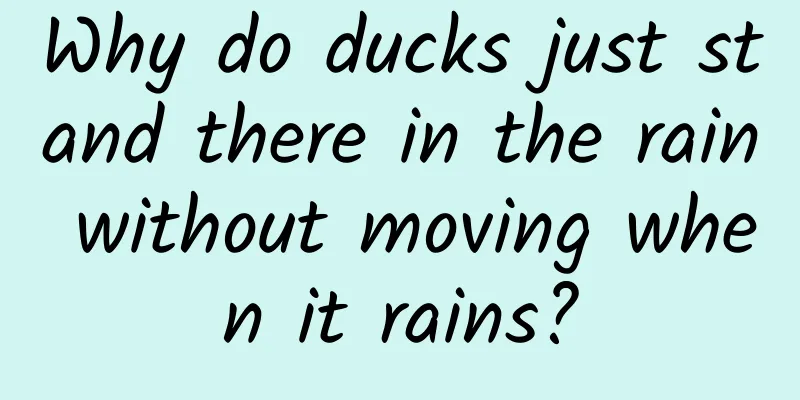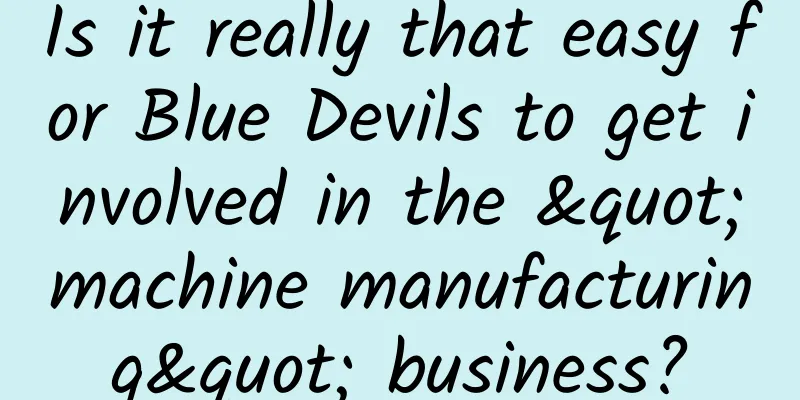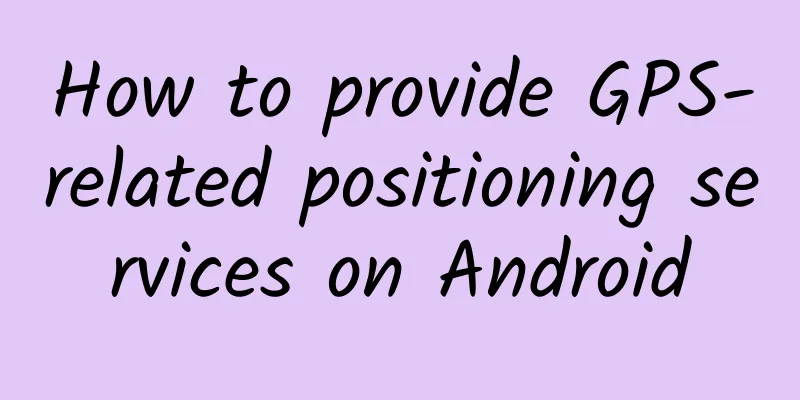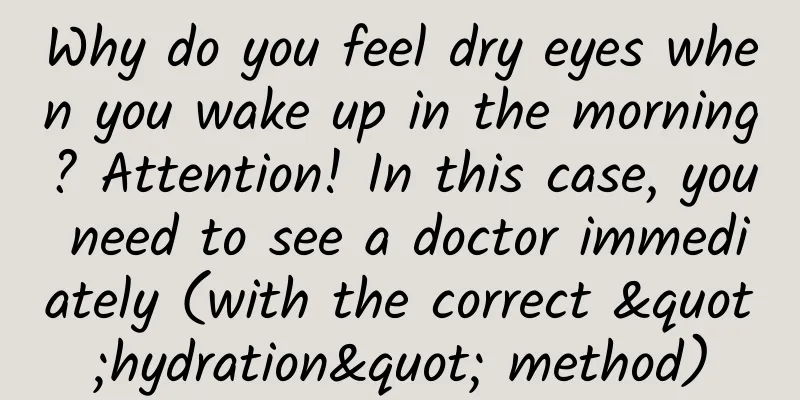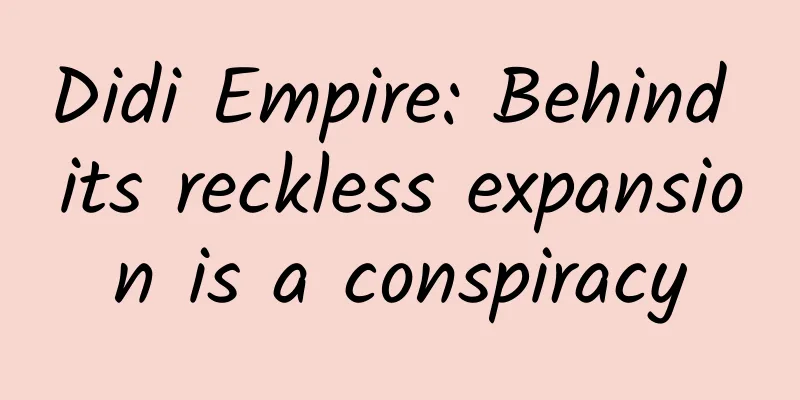What is the technology behind the popular AI painting? (Part 2)
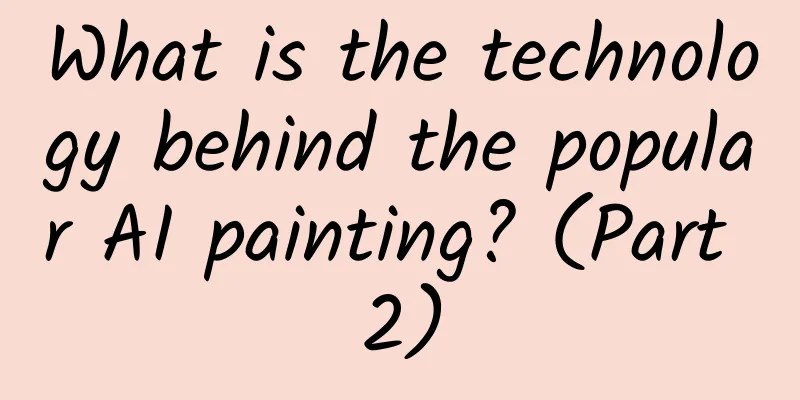
|
In the previous issue, we introduced the GAN model and how it can generate realistic images. However, the GAN model also has serious problems. Because of its own complex adversarial behavior, GAN is difficult to train. Sometimes the model gets stuck or crashes during learning, and the performance returns to the starting point. In addition, the versatility of GAN is very low. If you want to generate a certain type of image, you need to find a large number of real similar images in advance as training data, which also hinders the large-scale application of GAN in different scenarios. Image source: pixabay 1. Civilian-friendly, pre-trained generative models The new model has largely solved this problem. In January 2021, the US research institute OPEN AI released DALL·E, and OPEN AI subsequently announced DALL·E 2 in April 2022. Compared with GAN, DALL·E is a pre-trained large model that also has the ability to understand human language, so users only need to input a paragraph of text to directly generate the corresponding image, and no longer need to retrain according to the corresponding data set every time. Because it no longer requires professional knowledge to train the model and can generate amazing images by simply inputting text, DALL·E 2 caused a huge sensation on foreign social networks. People tried to input all kinds of strange text into the model and then published the generated images, which once became an Internet meme. DALL·E 2 can not only accurately generate various entities, such as animals, plants, buildings, and people, but also change the painting style according to requirements, from realistic photos to digital art, from oil paintings to simple drawings, from Van Gogh to Andy Hall, from Chinese paintings to Japanese ukiyo-e, from wool fabrics to plasticine styles. Just add one or two words describing the style in the input text, and DALL·E 2 can automatically generate pictures that match this style. What is even more surprising is that DALL·E often has a very accurate understanding of the connotation of language, so when faced with some completely fictional scenes, it can also generate amazing pictures with complex logic. For example: 2. How was DALL·E 2 trained? First, OPEN AI obtained hundreds of millions of images and corresponding image captions and trained a model called CLIP. This model can simultaneously project text and images into a complex high-dimensional space. If there is a correspondence between the image and the text, then the points representing the two in the space will be very close; otherwise, there will be a large distance. Intuitively speaking, this model can capture the semantics of human language and images, and can also find images that match the semantics of the text based on the given text. The CLIP model can match semantically similar images and texts to points that are close to each other in a high-dimensional space. The generated image representation is then passed through a diffusion model called GLIDE to add and remove random noise. Because the whole process adds a random factor, a sentence of input text can generate multiple different images - each image conforms to the semantics of the text. In addition to OpenAI, Google also launched its own model Disco Diffusion, which is very similar to DALLE in terms of technical principles, but allows artists to control some image parameters in addition to inputting theme text. Which one is better, DALLE·2 or Disco Diffusion? It seems that they each have their own merits and it is hard to tell which one is better. Comparison of the two works has become a popular culture in foreign technology and design circles. In general, the difference in their styles is still very obvious. The pictures generated by DALLE are more logical and realistic. The pictures in the photo style are not likely to be offensive due to distortion. On the other hand, the pictures of Disco Diffusion are more imaginative, have their own style, and are more "artistic". Although these models are powerful, they cannot understand Chinese and have difficulty generating images with Chinese characteristics, such as traditional Chinese paintings. Therefore, many Chinese institutions are also training models with creative capabilities. Baidu released Wenxin Yige in August 2022, which can not only accept Chinese input, but also generate Chinese paintings or images with the artistic conception of ancient poems. Baidu's Wenxinyige generated the image "Jiangnan Water Village" 3. Disadvantages of Generated Images Of course, while appreciating AI works, we cannot ignore the problems that AI produces when painting. The first is the quality of the work. Although AI works are full of impact and visual tension, like almost all other deep learning models, they are not good enough in understanding knowledge, reasoning, and logic. For example, "draw a picture of the world's largest cat" or even "a dog sitting to the left of a cat" will not produce a picture that conforms to logic or common sense. When generating realistic human pictures, sometimes the uncanny valley effect will occur due to slight deviations, to the point of making people uncomfortable. Another widely noticed problem is that AI often generates oddly shaped hands. This phenomenon is probably due to the fact that the hand is one of the most shape-rich structures in the human body. A human hand has more than 20 joints (compared to only one joint in the face). Moreover, in most of the pictures used for training, the hands are often not the most core part, so the angles, distances, gestures are different, and they are also blocked by shadows and other objects. Caption: The hands have a variety of postures There are even more bizarre "hands" with different shapes and numbers of fingers. These images are labeled as "hands", so that the model thinks that their shapes - and the average form of their shapes - may be reasonable, thus generating various rugged hands. Even these can be labeled as "hands" In addition to quality issues, AI-generated content may also raise various ethical issues. For example, biases and stereotypes that often appear in language models are also reflected in image generation. For example, when generating the image of a "big company CEO", a mature white male image is likely to appear. The bigger concern is that technology can lower the threshold for generating fake content. One example is that almost all the team photos of a company are generated by artificial intelligence technology. If you look closely, you can still find some clues. For example, the second person sitting up in the first row only wears one earring, and the ear contour of the second person from the left in the second row is not normal. The article is produced by Science Popularization China-Starry Sky Project (Creation and Cultivation). Please indicate the source when reprinting. Author: Guan Xinyu popular science author Reviewer: Yu Yang, Head of Tencent Xuanwu Lab |
<<: Your color is quite nice! Do "chameleons" really exist among fish?
>>: "Zero-carbon agricultural products": Ding! Please check your "new green menu"
Recommend
Unlocking the "treasure bowl" of oil and gas: Providing a "Chinese sample" for global shale gas
In southern Xinjiang, my country, the Tianshan Mo...
Singapore's first electric car EVA has no buyers and took 4 years to develop
When we think of electric cars, Tesla comes to mi...
What’s more frightening than eating too much during the Chinese New Year is that the foods you thought were fat-reducing may actually be useless…
The New Year is coming soon There must be a lot o...
China Automobile Dealers Association: Automobile consumption increased by 12% in October 2020, and new energy vehicle production increased by 94% to 160,000
According to the data from the National Bureau of...
What changes have taken place after the new Land Management Law is implemented in 2022? Attached with detailed rules
Since the new Land Management Law was implemented...
Why do you feel numb after squatting for a long time?
Why do my feet become numb after squatting in the...
Following Alibaba's reduction in recruitment, Baidu announced that it would stop recruiting from outside the company starting today. If you want to join, you need Robin's special approval.
[[152640]] On October 20, an internal email about ...
What is the most profitable thing at the moment? What is the fastest and most stable way to make money?
What is the most profitable thing at the moment? ...
Deng Jiaxian: The pioneer of China's nuclear weapons development | The childhood of the "two bombs and one satellite" hero
Deng Jiaxian, one of the founders and pioneers of...
Huawei has taken on this tough challenge, breaking the bipolar pattern of global mobile applications
This article is reprinted with permission from AI...
How to build an advertising strategy system?
When placing advertisements, operators need to ke...
About the personal experience of a programmer taking a private job
[[142297]] I just graduated in 2013 and worked in...
This melon is beautiful, but don't eat it! It's poisonous!
When traveling through the mountains of Hainan, y...
China Passenger Car Association: Pickup Truck Market Analysis in May 2022
According to the data from the China Passenger Ca...
